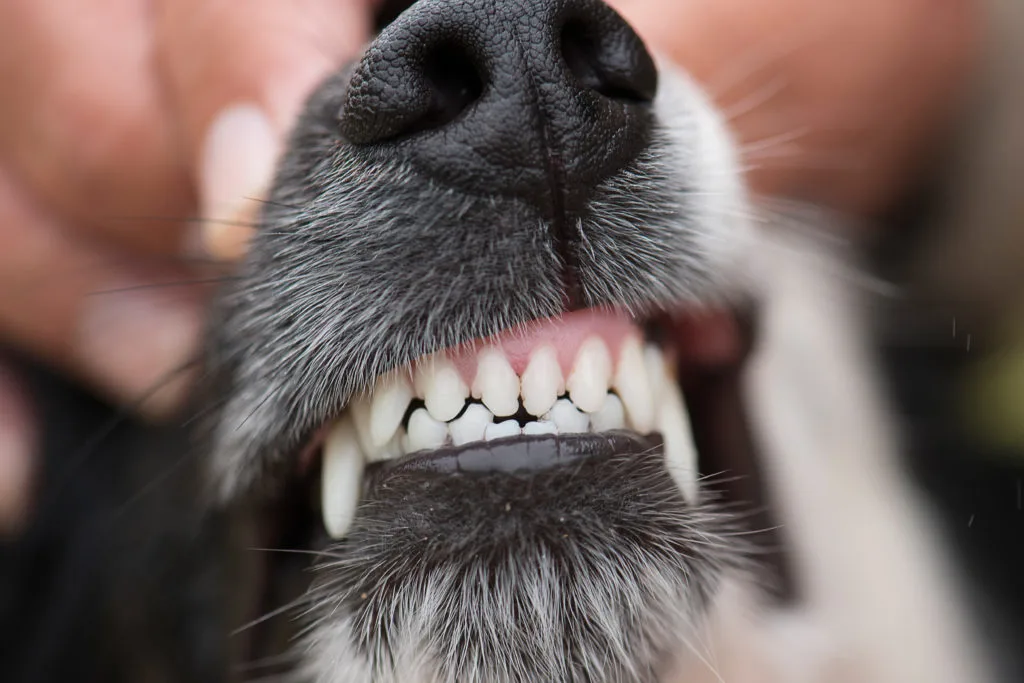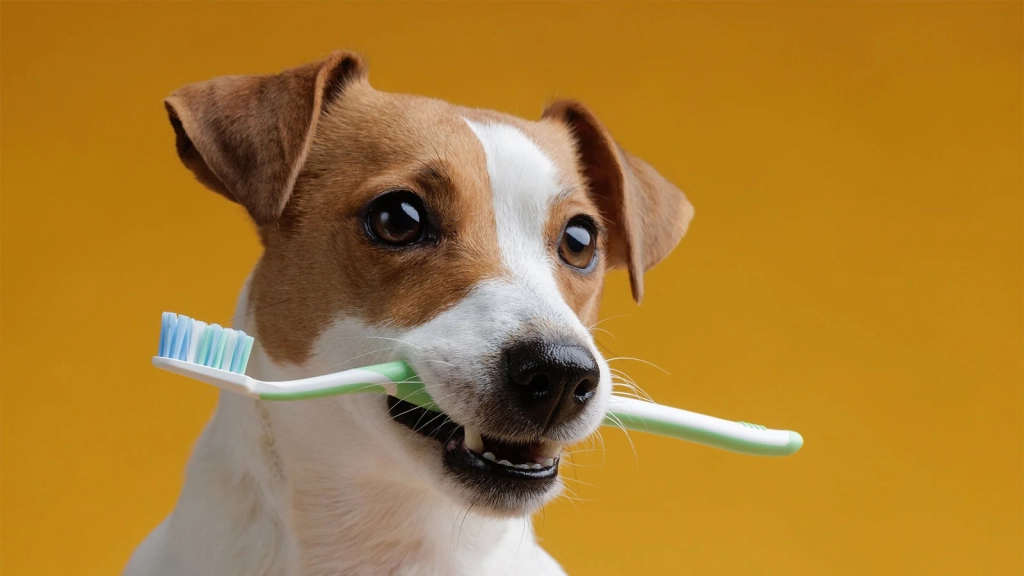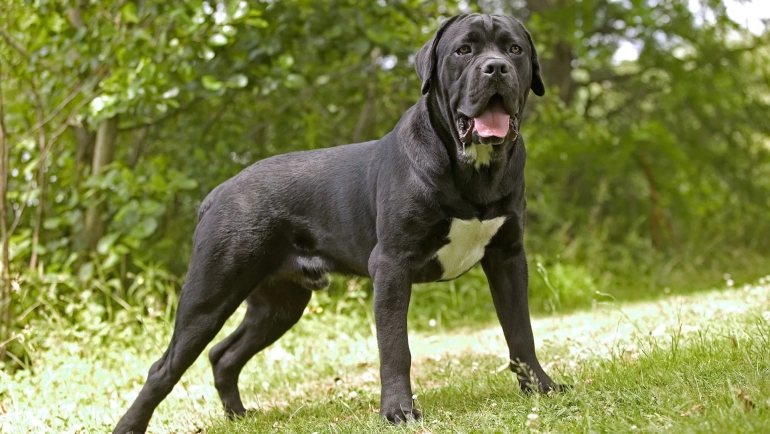140Views

A Comprehensive Guide to Dog Teeth 2024
For centuries, dogs have been revered as loyal companions, earning the well-deserved title of “man’s best friend.” But beyond their endearing personalities and unwavering loyalty lies a fascinating biological reality – their unique dental makeup.
Unlike humans, who possess 32 permanent teeth, the number of teeth in a dog’s mouth might surprise you. So, how many teeth does a dog have, and what’s the fascinating story behind their chompers?
Unveiling the Canine Count: 42 Pearly Whites Strong
An adult dog, on average, boasts a set of 42 permanent teeth. This impressive number surpasses the human dental count by a significant margin, highlighting the crucial role teeth play in a dog’s life.
These 42 chompers are strategically distributed throughout the upper and lower jaws, with the upper jaw housing 20 teeth and the lower jaw accommodating 22.
This specific arrangement allows dogs to efficiently tear, grasp, and chew their food, reflecting their evolutionary adaptation as carnivores.
Read Also: Can Dogs Eat Yogurt?
From Puppy Teethers to Adult Grin
Unlike humans, who develop only one set of permanent teeth, dogs embark on a fascinating journey of two distinct dental phases.
Puppies are born toothless, entering the world completely reliant on their mother’s milk for nourishment. However, this doesn’t last long.
Around 3-4 weeks of age, the first set of puppy teeth, also known as deciduous teeth, begin to emerge. These 28 temporary teeth, comprising incisors, canines, and premolars, are smaller and weaker than their permanent counterparts.
During the crucial teething phase, lasting from 3 to 7 months, puppies experience discomfort and the urge to chew on objects to alleviate the pressure and pain.
Providing safe and appropriate chew toys during this time is essential to prevent them from destroying furniture or personal belongings.
As puppies mature, between the ages of 4 and 7 months, the shedding of puppy teeth commences. This natural process paves the way for the eruption of their permanent adult teeth.
The permanent set comprises four different types of teeth, each serving a specific purpose:
- Incisors (12): Located at the front of the mouth, these sharp, chisel-like teeth are used for nipping and grooming.
- Canines (4): Also known as fang teeth, these pointed and elongated teeth are ideal for tearing and gripping food.
- Premolars (12): Positioned between the canine and molar teeth, premolars are used for tearing and crushing food.
- Molars (4): Located at the back of the mouth, molars are the largest and strongest teeth, responsible for grinding food into smaller pieces.
Beyond the Count: Caring for Your Dog’s Dental Health
Understanding the number and types of teeth in your dog’s mouth is just the first step. Maintaining good dental hygiene is crucial for their overall health and well-being.
Just like humans, dogs are susceptible to dental problems like cavities, gum disease, and tooth loss. Regular dental checkups with your veterinarian, along with a consistent at-home dental care routine, are vital to prevent these issues.
Here are some essential tips for maintaining your dog’s dental health:

- Brushing: Aim to brush your dog’s teeth daily with a dog-specific toothpaste and toothbrush. Start slowly and gradually increase the duration of brushing sessions.
- Dental chews: Provide your dog with dental chews that are specifically designed to remove plaque and tartar buildup.
- Diet: Opt for a healthy diet that promotes good oral health. Consult your veterinarian for recommendations on the best food choices for your dog.
- Regular dental checkups: Schedule regular dental checkups with your veterinarian for professional teeth cleaning and to address any potential dental concerns.
By understanding the unique dental makeup of your canine companion and implementing a proper dental care routine, you can ensure your furry friend maintains a healthy, happy smile for years to come.


